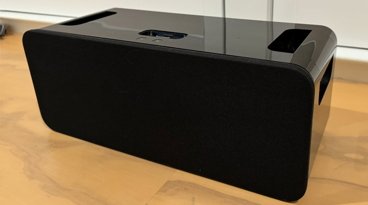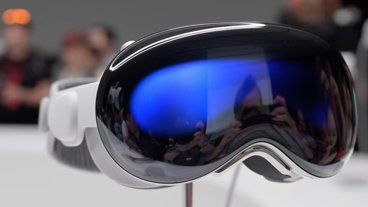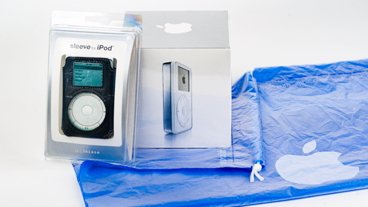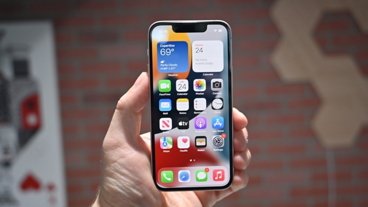Teardown of Apple's 4th-gen iPod touch finds 256MB of RAM
After Apple's latest iPod touch was released on Wednesday, iFixit it took it apart to reveal its new features contained within, including the 640x960 pixel Retina Display, dual cameras, three-axis gyro and A4 processor. The custom Apple-built chip carries a marking of K4X2G643GE, which is identical to the A4 found inside the iPad, released on April.
One major distinction between the A4 found in the iPad and the iPhone 4, released in June, is the onboard memory. The iPad and iPod touch CPU includes 256MB of random access memory, or RAM, while the iPhone 4 has twice that — 512MB.
"And no, there's no RAM upgrade slot," the site quipped.
The disassembly also found a singular antenna within the device that allows for Wi-Fi connections. It is situated near the front glass panel, which eliminates the need for the plastic "window" found on previous generation hardware.
The solutions provider also found that while the iPod touch has a rear camera that shoots lower quality photos than the iPhone 4, both devices have identical forward facing cameras for FaceTime video chat.
iFixit also discovered that the new speaker inside the fourth-generation iPod touch emits audio through a grill, as well as through the iPod dock connector. The site also found a mysterious white plastic piece that it could find no use for other than to save space.
Other details from the teardown:
- For the first time, the headphone jack in the iPod touch is not soldered to the logic board. This makes the device more repairable.
- Apple added more space between the three solder points on the battery, which should also make replacing it easier.
- There is no structural bracket holding the volume buttons to the rear panel. They are simply held in place by an adhesive bond that must be strong enough to stand repeated button presses.
- The rear facing camera is almost identical in size to the front facing camera, and is "dramatically smaller" than the rear camera on the iPhone 4.
- "For those of you wondering, there's no way the iPhone 4's rear camera can be installed in the Touch without some extreme hackery."
 Katie Marsal
Katie Marsal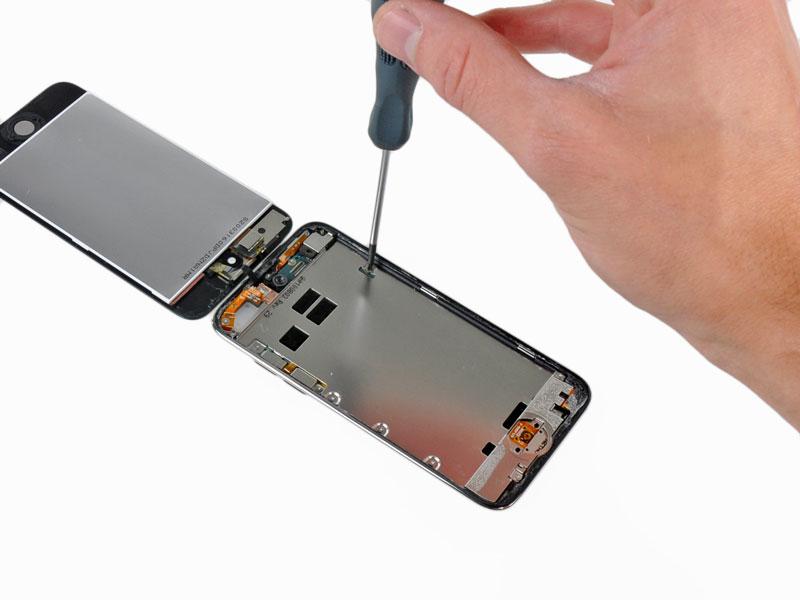
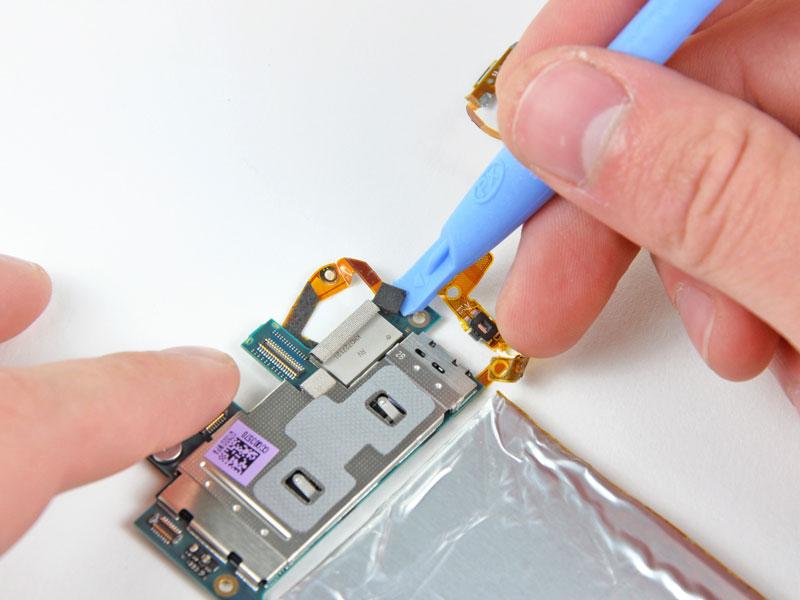
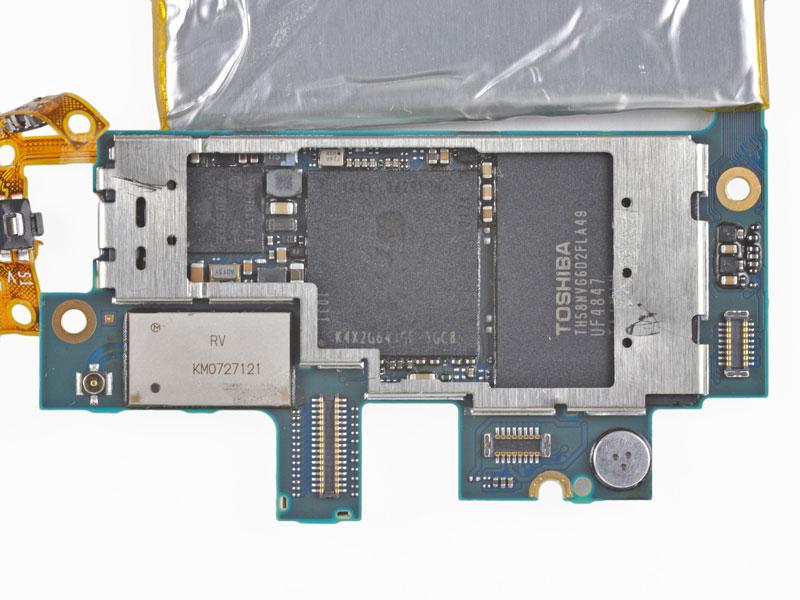

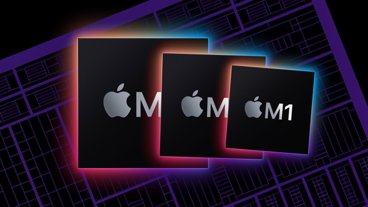


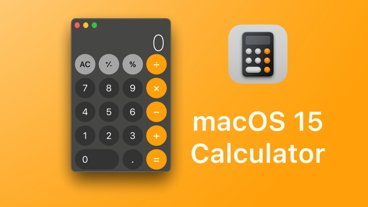

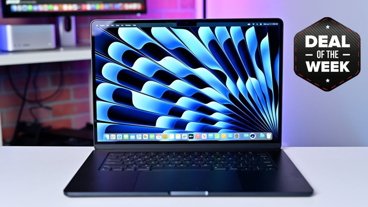
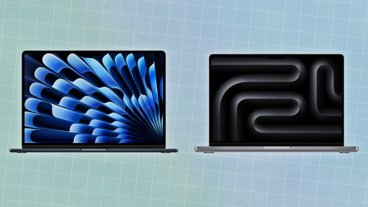
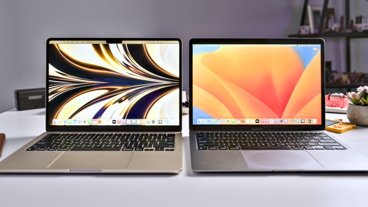
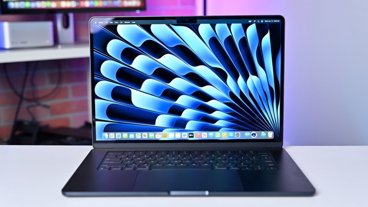

 Mike Wuerthele
Mike Wuerthele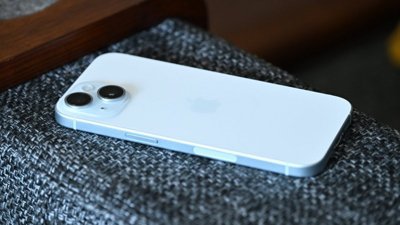
 William Gallagher
William Gallagher

 Andrew Orr
Andrew Orr
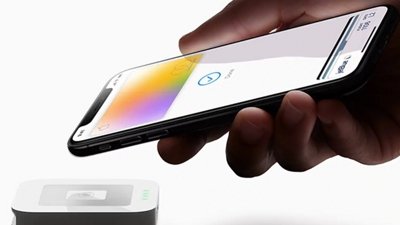
 Marko Zivkovic
Marko Zivkovic
 Malcolm Owen
Malcolm Owen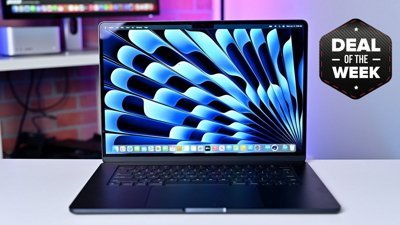
 Christine McKee
Christine McKee